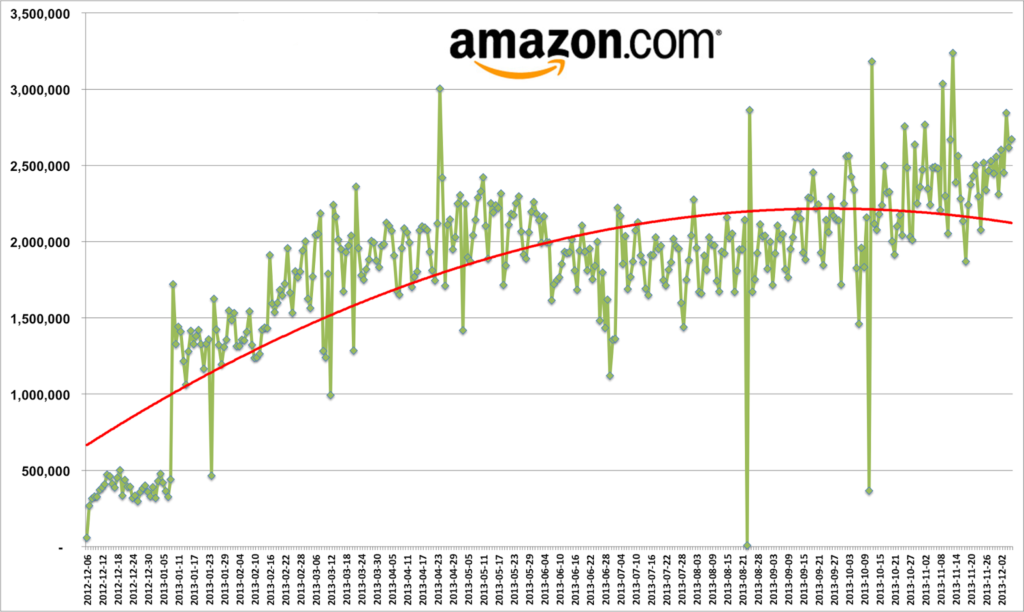
Dynamic Pricing is a term used to describe the pricing system based on fluctuation of prices and advances in technology. It enables the retailer to have an open approach on setting prices as a contrast to having long term, stagnant prices. With response to recent market demands, the retailers can decide on lowering and raising prices of their products.
This strategy is not new to the retail landscape. In earlier days, the pricing was decided on just two basic factors: Supply and Demand. Additionally, factors like how many people want to buy the product, and inventory status etc. decide the pricing of a particular product. There are a lot of issues and complications that arise, when traditional pricing methods are followed.
Why Dynamic Pricing?
Dynamic pricing involves the use of advanced data (which includes data that is acquired in traditional pricing methods). The best part about dynamic pricing is that it is automated and it also provides reliable results.
The practice of price optimization was traced as far as a century ago. It was popularized in the United States in the 80’s. It was adopted as a method for revenue management. In the 80’s there was an airline company in America, that adopted the method of dynamic pricing. They introduced a policy, that included varied airline tickets based on the availability of seats, and booking dates etc. And it proved to be quite effective. There are a few reliable price optimization softwares that you can try. As of now, a lot of retail stores and online ecommerce stores have adopted dynamic pricing.
Importance of Dynamic Pricing in E-commerce
In current times, dynamic pricing is one of the crucial factors that decide the success of an Ecommerce business. As far as physical retail stores are concerned, if there is a price change for a particular product, employees need to change the pricing for thousands of items. Following are some of the advantages of implementing dynamic pricing in e-commerce businesses.
- The sales happen faster and they are more profitable
- The ability to adjust prices based on competition
- Staying up to date on the trend
- You can manage your inventory better
How To Implement Dynamic Pricing Without Affecting Your Margins and Sales:
Using Accurate Competitor Data
A good dynamic pricing strategy depends on the accuracy of the competitor data. With such data, you can change your prices accordingly to stay ahead of competition. But the tricky part is that competitor data is not always accurate, and it can be a huge headache for retailers. Inaccurate or missing data can be frustrating, and it can sometimes lead to huge losses. So make sure you hire a good retail analysis provider or use the right price optimization software, so you can make sure that the data that you have is reliable.
Testing Prices
Once you make sure that the retail analysis provider that you have hired provides clean and trustworthy data, you can jump onto the next step: Testing prices. This can be tricky because, what works for one retailer may not work for other. There are a large number of factors that decide what is the best pricing strategy. Some of them include: The competitors price, shipping charges etc.
So the question is how are you actually going to decide the right price for your products? You can sit down with your sales team or hire a professional retail analysis provider to overlook how pricing changes will affect your current sales margin. You can also figure out how it influences your conversion rate, the value of the brand and revenue. If you feel that you have satisfied results, you can implement that pricing strategy immediately.
Keep in mind the above tips, before implementing dynamic pricing.
